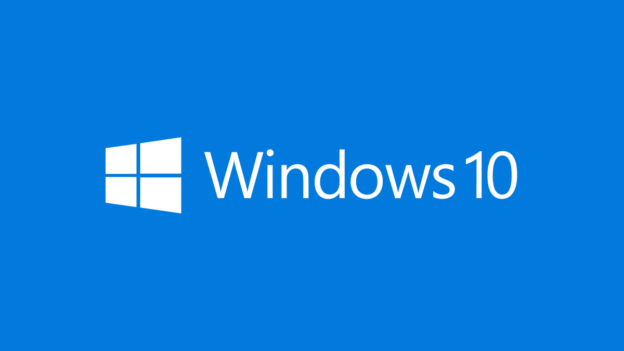I have pieced together several guides to come up with a reliable method of resetting a Windows 7, 8 or 10 password. I’m not sure if it will work for user accounts tied to a Windows Live account on Windows 10 though. The below video by Nehal J Wani on YouTube forms the core of this solution. You should only need to use this method if you do not have a copy of Windows, or a Password Recovery Disk.
Download UNetbootin. This application creates bootable Linux Distributions. It is cross platform but my guide will focus on creating the Live USB using Mac. Bring up the context menu in Finder and select Open. Enter your password to let Mac open the application.
Unfortunately the Distribution is not listed as a download in this application. So you’ll want to download SystemRescueCd ISO as suggested by the YouTube video. It should be easy enough for you to use UNetbootin to create a bootable USB from the downloaded ISO. If you are unsure which drive is your USB, enter diskutil list in the Terminal.
Reboot the problem computer and boot from the USB. Some BIOS will complain about the USB breaching a security policy. You’ll need to enter BIOS and disable the UEFI security. This will vary based on your BIOS version. It is usually pretty obvious and listed under Boot or Security.
Once you are able to boot from the USB. Select the first option and follow the prompts until you reach the Terminal. Type gdisk -l /dev/sda to find your Windows partition. The largest partition on your main drive is usually the safe bet.
You can try to mount the Windows partition using mount /dev/sda? /mnt (replace ? with the partition number). If you get an error message about the NTFS partition being hibernated you can try mount -t ntfs-3g -o remove_hiberfile /dev/sda? /mnt as an alternative.
Now we can perform the steps as demonstrated in the video:
- cd /mnt/Windows/System32/Config
- chntpw -i SAM
- Press 1
- Enter the RID of the user you wish to change the password for.
- Press 1
- Press q
- Press q
- Press y
- cd
- umount /mnt
- reboot
While the computer reboots, unplug the USB. Your user account should now login without any need for a password. Once logged in, you can go into your user account and reset your password from within Windows.
There are several other methods of resetting a Windows password. It really comes down to what you have available. I believe the Offline Windows Password & Registry Editor uses a very similar process. There is also the Sticky Keys trick, but that only works if Sticky Keys are enabled prior to being locked out.

